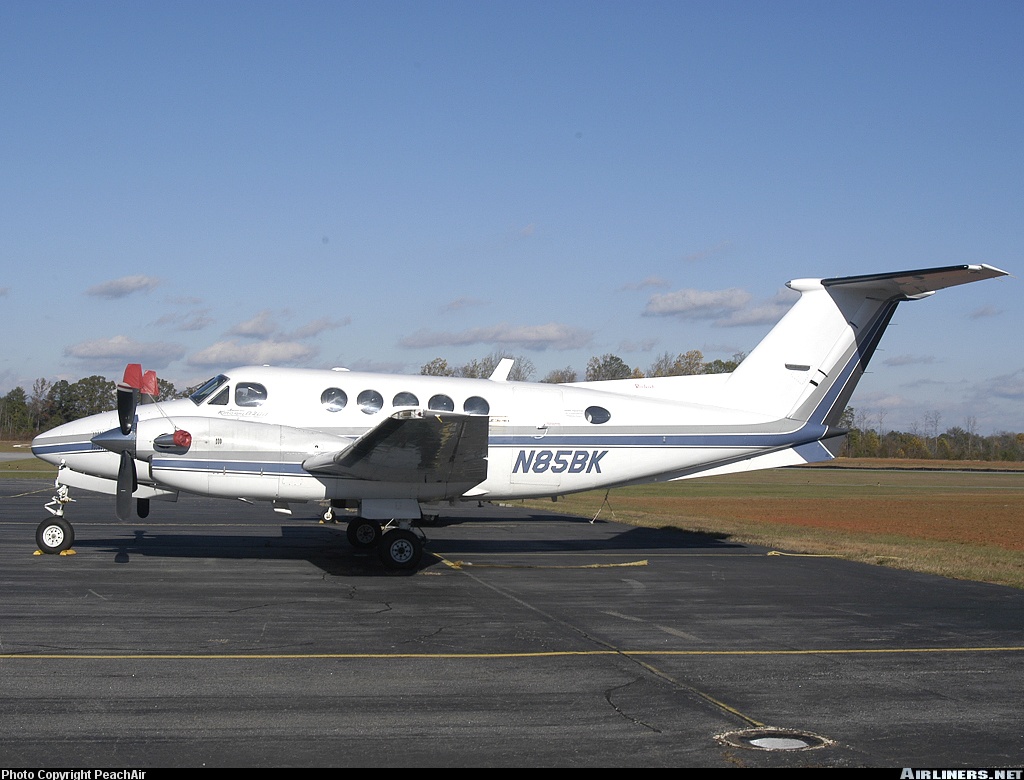Ground accident of a Dassault Falcon 20F in Newnan
Date & Time:
Oct 3, 2011
Registration:
XA-NCC
Survivors:
Yes
MSN:
264
YOM:
1972
Crew on board:
1
Crew fatalities:
Pax on board:
0
Pax fatalities:
Other fatalities:
Total fatalities:
0
Circumstances:
A technician was in charge to ferry the airplane to a hangar for a maintenance control. While taxiing, the Falcon went out of control, rolled down an embankment and collided with a utility pole. The nose was severely damaged and the aircraft was damaged beyond repair. According to the technician, who escaped uninjured, the brakes failed while taxiing.
Probable cause:
No investigation was conducted by the NTSB.


